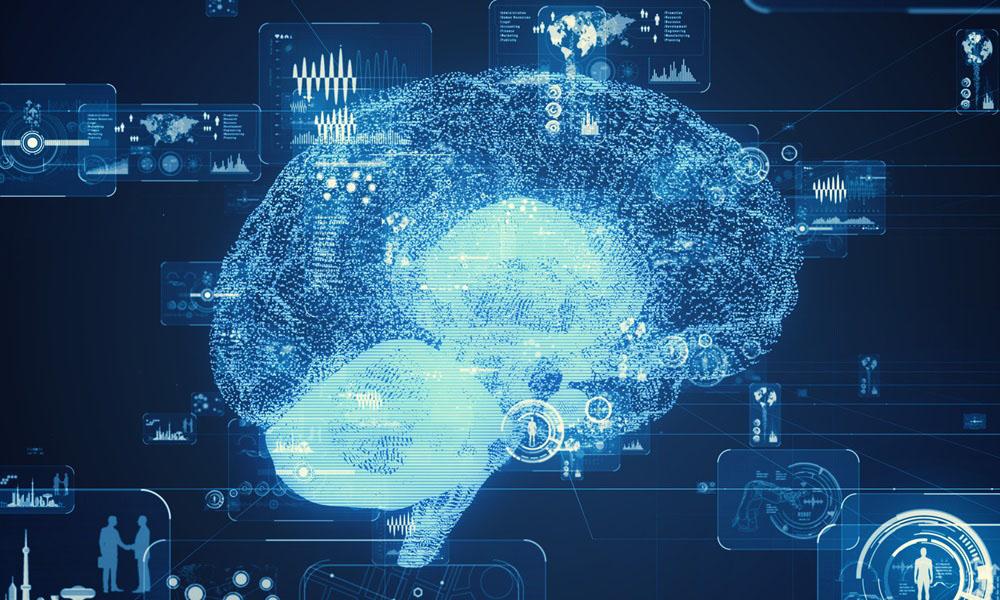Artificial intelligence (AI) has evolved rapidly, with models like Large Language Models (LLMs) and Large Action Models (LAMs) leading innovations in natural language processing and action-based systems. These models rely heavily on human intervention for training, but the question arises: Will they ever be able to self-train? This means autonomously improving their performance without requiring continuous human input. Exploring the potential of self-training models and what that would mean for humans presents both exciting opportunities and significant challenges.
How LLMs and LAMs Are Currently Trained
LLMs, such as GPT-4, are designed to handle tasks like text generation, comprehension, and language translation, while LAMs focus on executing actions based on inputs, such as robotics tasks or virtual interactions. Both models rely on supervised learning, meaning they are trained using large datasets that require human curation and labeling.
In supervised learning, LLMs are guided by specific datasets to generate language, understand context, and respond to prompts. Similarly, LAMs are trained to perform actions within predefined environments. As advanced as these models are, their development still hinges on human guidance to curate training data and adjust model parameters.
The Path to Self-Training
Self-training AI would represent a leap forward, allowing models to learn from experience and optimize themselves without human oversight. Several techniques and methods are pushing us closer to this goal:
Reinforcement Learning
This approach allows models to learn by interacting with their environment and receiving feedback. AlphaGo, developed by DeepMind, famously used reinforcement learning to defeat world champions in the game of Go. LLMs and LAMs could adopt similar principles, learning through trial and error based on the outcomes of their actions.Self-Supervised Learning (SSL)
In SSL, models like GPT-4 learn from unlabeled data by predicting missing elements, such as words or actions, based on patterns they recognize in the data. Although SSL still requires human-designed algorithms to guide the process, it minimizes the need for labeled datasets and can be a steppingstone toward autonomous learning.Active Learning
In active learning, a model identifies areas where its understanding is weak and seeks out more information. This approach allows AI to take a proactive role in identifying its own learning gaps and requesting more data to fill them, thereby moving toward self-training.Transfer Learning and Meta-Learning
Transfer learning enables AI models to apply knowledge gained from one task to a different but related task, reducing the need for extensive new training data. Meta-learning, or “learning to learn,” enables models to become more efficient at acquiring new skills over time, making them more adaptable and self-reliant.Challenges to Achieving Self-Training
The idea of AI models that can self-train is appealing, but it faces several significant technical, ethical, and logistical challenges:
Data Quality
Self-training models must identify and utilize high-quality, relevant data to avoid errors or biases. Without proper oversight, models could train on flawed or irrelevant data, leading to inaccurate outputs or unintended behaviors.
Safety and Ethics
Self-training LAMs, in particular, could pose risks if they autonomously develop harmful behaviors. Without human control, these models might make decisions that lead to physical harm or other unintended consequences. Ethical considerations around privacy and security are also central.
Computational Power
Self-training demands considerable computational resources. AI models require vast processing power, and continuous self-improvement would strain both economic and environmental resources.
Loss of Human Control
A key concern is the potential loss of control over models that self-train. If AI can develop its own learning objectives, it could act in ways that diverge from human values, leading to unpredictable outcomes.
What Self-Training AI Means for Humans
If LLMs and LAMs eventually achieve the capability to self-train, it will have far-reaching consequences for human roles, industries, and society at large. Here are several potential impacts:
Changing Workforce Demands
Self-training models could reduce the need for human engineers to curate data, fine-tune models, and supervise their learning processes. While this could lead to job displacement in fields like AI development and data science, it could also create demand for new roles focused on managing AI behavior, ethical oversight, and AI governance.Accelerated Innovation
Autonomous learning systems could lead to unprecedented levels of innovation. With models capable of continuous self-improvement, industries like healthcare, robotics, finance, and logistics could benefit from more efficient solutions, as AI would be able to adapt and optimize in real time.Ethical Oversight and Regulation
The rise of self-training AI models will require a new framework for ethical oversight. As AI takes on more decision-making power, there will need to be stringent regulations to ensure that these systems act in ways that align with human values and do not cause harm. This could spark the creation of new ethical AI fields dedicated to ensuring that autonomous models operate safely.Human Empowerment or Dependence?
On the one hand, self-training AI could empower humans by providing more advanced tools to solve complex problems. However, there is a risk that society could become overly dependent on these systems, diminishing human expertise and reducing our ability to make informed decisions independently.Striking a Balance Between Innovation and Control
As LLMs and LAMs evolve, the prospect of self-training AI presents both incredible opportunities and significant risks. While technical advances such as reinforcement learning, SSL, and active learning push AI toward more autonomy, ensuring that these models align with human values is essential. The ability of models to self-train could unlock new levels of efficiency and problem-solving, but without proper regulation, we risk losing control over how these models behave.
The development of self-training AI systems will likely redefine the relationship between humans and machines. It is crucial to strike a balance—harnessing the potential of autonomous AI while ensuring that human oversight and ethical considerations remain central. In doing so, society can benefit from the innovations self-training AI offers while mitigating its risks.

